If your Windows PC keeps booting into BIOS, the solutions provided in this article will help you. This issue prevents you from using your computer because every time you turn on your computer, you will see the BIOS screen. Restarting the computer from BIOS also does not work in this situation.
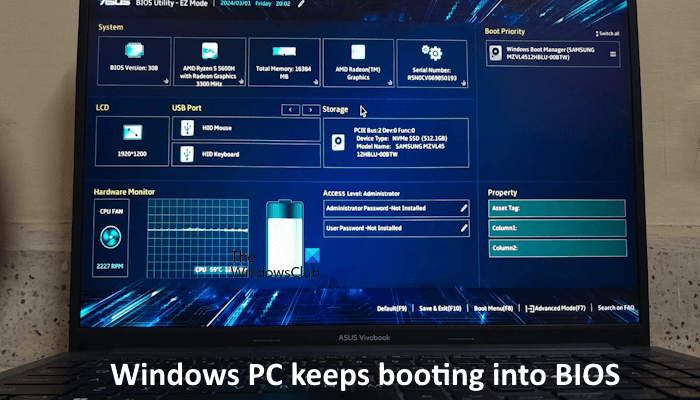
Why does my PC keep starting in BIOS?
There can be many reasons why your PC keeps restarting in BIOS, such as incorrect BOOT Sequence, damaged SATA cable, loose SATA cable connection, misconfigured BIOS settings, a faulty hard drive, etc.
Fix Windows PC keeps booting into BIOS
Use the following fixes if your Windows PC keeps booting into BIOS.
- Check your boot sequence
- Reseat RAM
- Disconnect all other hard drives
- Check the connections of the SATA cable
- Disable Fast Boot in BIOS (if applicable)
- Check the status of the SATA Controller in BIOS
- Reset BIOS
- Reset CMOS or replace the CMOS battery
- Update or flash BIOS
- Your hard drive might be faulty
Below, we have explained all these fixes in detail. Before proceeding, we would like to mention that this article includes modifying the BIOS settings. Motherboards of different brands may have different BIOS interfaces. Therefore, you have to visit the official website of your computer manufacturer to know all the settings in your BIOS.
1] Check your boot sequence
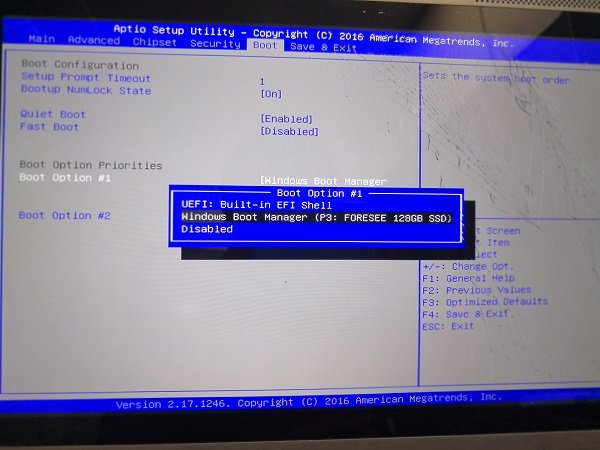
This is the first thing that you should do. Check the boot sequence in your BIOS. Ensure you have selected the correct hard drive in the boot sequence. If your BIOS does not detect your hard drive, your hard drive may have been damaged. However, we suggest you try all other fixes before jumping to the conclusion.
Read: BIOS not saving changes; Keeps Resetting after Shutdown
2] Reseat RAM
The next step is to reseat RAM. For this, you have to open your computer case. First, turn off your computer properly, then turn off the switch and disconnect the power cable to avoid electric shock. Now, open the computer case and remove the RAM sticks out of the memory slots gently. Clean them and reinsert them. Check if it works.
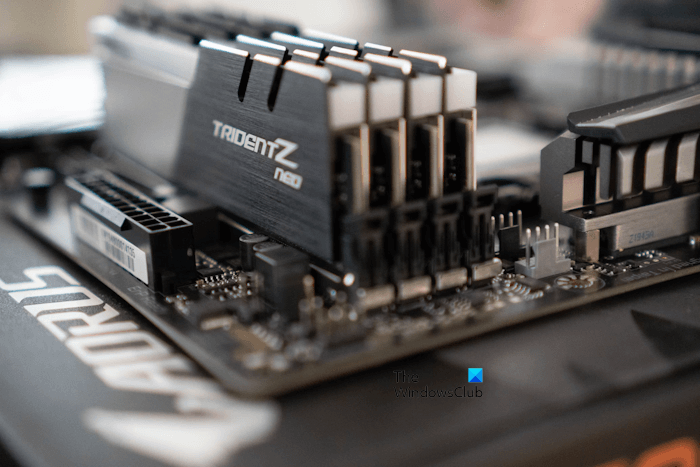
In case of more than one RAM stick, insert them in different memory slots or one at a time. If you are not good at this, we recommend you take professional help or you can try this fix after trying all the fixes stated in this article.
3] Disconnect all other hard drives
Disconnect all the hard drives other than the hard drive on which the operating system is installed. After doing that, boot your PC and see what happens. If there is any problem with your boot drive, the issue will appear again.
4] Check the connections of the SATA cable
SATA cable is used to connect the storage devices, such as hard drives to the computer motherboard. If the SATA cable is faulty or there is a loose connection, the hard drive remains undetected and the user will experience boot issues (if the hard drive is the boot drive). If you have cleaned your computer, it is possible that the cable is not connected properly. Check the SATA cable connection.
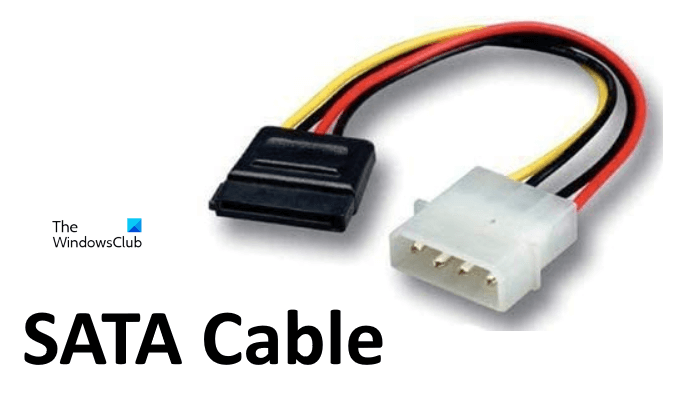
Disconnect the cable and reconnect it. If your PC motherboard has more than one SATA port, connect the SATA cable in each port and see if it works. Your SATA cable may also be faulty. If your system has more than one hard drive, you can check this by connecting the other hard drive with the same SATA cable.
5] Disable Fast Boot in BIOS (if applicable)
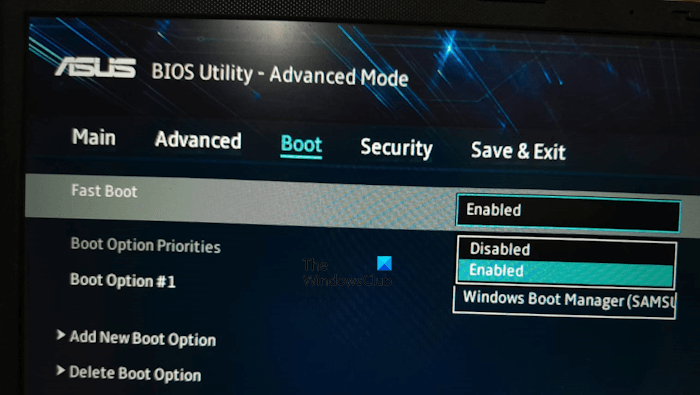
BIOS of some computers has an option to enable and disable the Fast Boot. You can check this in your BIOS settings. If an option to enable or disable the Fast Boot is available in your PC BIOS settings, disable the Fast Boot. Save the settings and restart your computer.
6] Check the status of the SATA Controller in BIOS
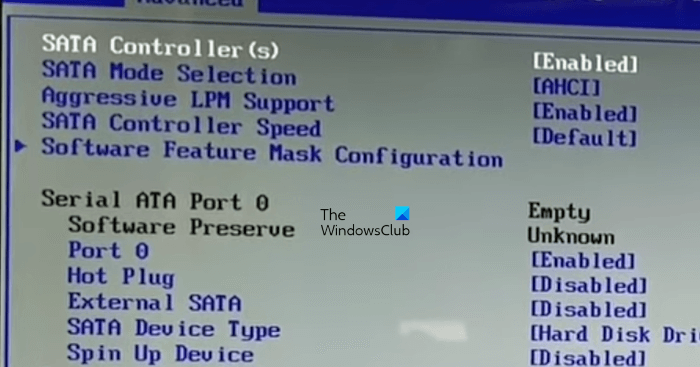
The SATA Controller modes in BIOS determine how a hard drive communicates with the computer. If you turn off or disable this feature, your hard drive will not be detected by Windows OS. We suggest you check this setting in your BIOS. If this option is disabled, enable it. You have to refer to the official website of your computer manufacturer to know how to access this setting in your BIOS.
7] Reset BIOS
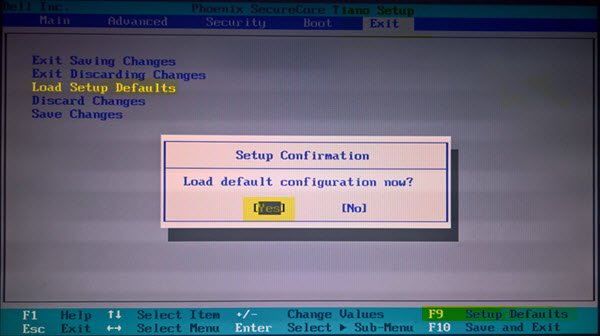
Modifying the BIOS settings can sometimes cause issues. Therefore, it is suggested not to try this if you are not sure what you will do. If you have made any changes to your BIOS settings after which the issue started occurring, resetting the BIOS settings to default will fix it.
8] Reset CMOS or replace the CMOS battery
A dead CMOS battery can cause various issues on a computer. If you have a digital multimeter, you can check the output voltage of the CMOS battery installed on your computer.
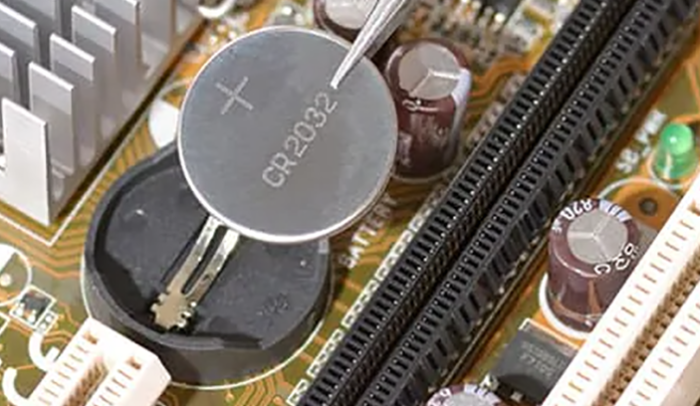
First, reset CMOS and see if it helps. To do so, remove the CMOS battery and reinstall it. If this does not work, install a new CMOS battery. One indication of a dead CMOS battery is the incorrect date and time.
9] Update or flash BIOS
Updating your BIOS to the latest version can also fix this issue. Because you are unable to boot into your computer, you have to use the Flash BIOS method to update it to the latest version. Refer to the official website of your computer manufacturer to know the exact method to flash your computer BIOS. You have to download the latest version of the BIOS from the official website.

While flashing the BIOS, make sure that your computer receives a continuous power supply. Interrupting the power supply while flashing the BIOS will break your motherboard and may cause permanent boot failure.
Read: Flash any BIOS to NVIDIA GPUs with NVFlash
10] Your hard drive might be faulty
If none of the solutions worked for you, the possibility of a faulty hard drive is high. Now, fixing this issue is out of your scope. Therefore, we suggest you contact a professional computer repair technician for further assistance.
I hope this helps.
Read: Computer keeps restarting when launching or playing Games
How do I stop BIOS boot loop?
You might have made some changes to your BIOS settings that have caused this problem. If your PC is stuck in a BIOS boot loop, resetting the BIOS settings to the default is the easiest way to fix this problem.
Read next: Keyboard or Mouse works in BIOS but NOT in Windows.
Leave a Reply